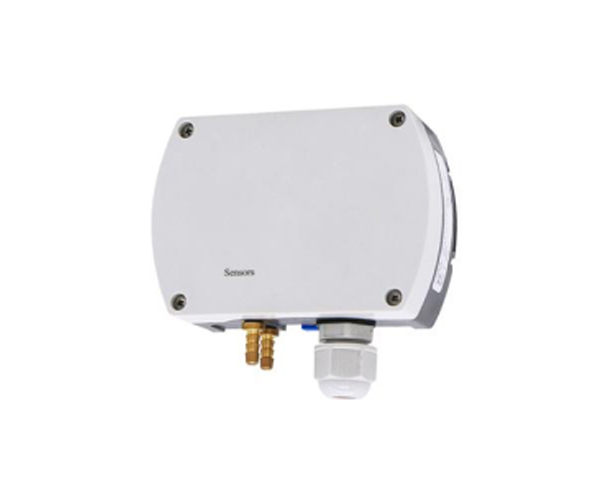
The main monitoring objects of the building automation system are: air-conditioning units: fresh air air-conditioning units, variable air volume air-conditioning units, cold source systems that provide cooling and cold sources in summer, and heat source systems that provide heat sources in winter; lighting control systems; standby generator sets; elevators; security Access control and patrol systems, etc.; building automation system is to control the operation, safety status, energy use of air conditioning, heating, water supply and drainage, power distribution, lighting, elevators, fire protection, security and many other scattered equipment in a building or building complex. Condition and energy saving management Implement centralized monitoring, management and decentralized control building management and control system.
The functions of the building automatic control system include: reducing the energy consumption of electromechanical equipment, with a higher return on investment; preventing emergencies and protecting equipment investment; completing all operations on the graphical operation interface. Reduce the energy consumption of electromechanical equipment, higher return on investment. The building automatic control system monitors and controls the equipment of the whole building through the computer control program, and allocates the electricity consumption of all equipment in a unified manner, which can realize the control of electricity load, effectively save electricity and reduce unnecessary waste.

The following Roger Well Control System (Guangzhou) Co., Ltd. will take you to understand the monitoring scope of the building automation system: 1. Central air-conditioning system: Central air-conditioning is the largest energy consumer in the mechanical and electrical equipment in the building, accounting for about 10% of the total energy consumption. 60%. Through the control of the BA system, all air conditioners, fresh fans and even fan coil systems can operate within a reasonable temperature and humidity range to avoid wasting energy such as overcooling in summer and overheating in winter.
2. Water supply and drainage system: In the water supply and drainage system, the water pump is linked with the water level in the water tank and the pool, and it is only put into operation when needed to avoid unnecessary waste. At the same time, it is guaranteed not to run water and save water. The annual saving of electricity and water costs accounts for about 6% of the cost of the building automation system.

3. Electric lighting system: Customers who need to work overtime only need to make a phone call, or enter the building automation network through dial-up Internet access, and apply for overtime to obtain the required lighting and air-conditioning services. The annual energy saving accounts for about 15% of the cost of the building automation system. The electric lighting system in the structure is controlled by the timetable (or according to personnel activities) through the BA system, so that the controlled lamps and lanterns can be turned off on time (on demand) to avoid constant lights.
